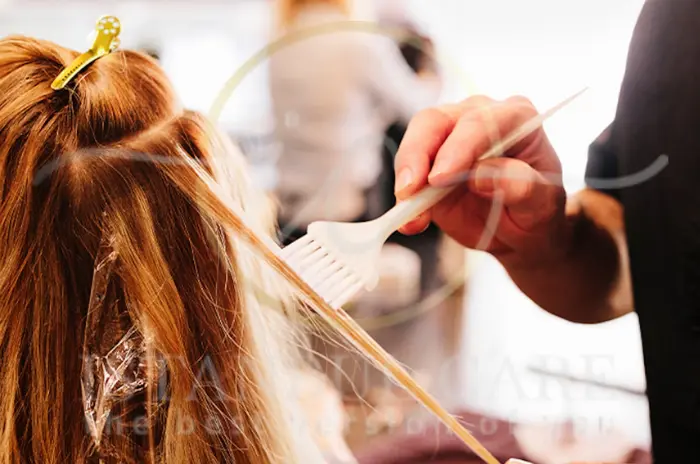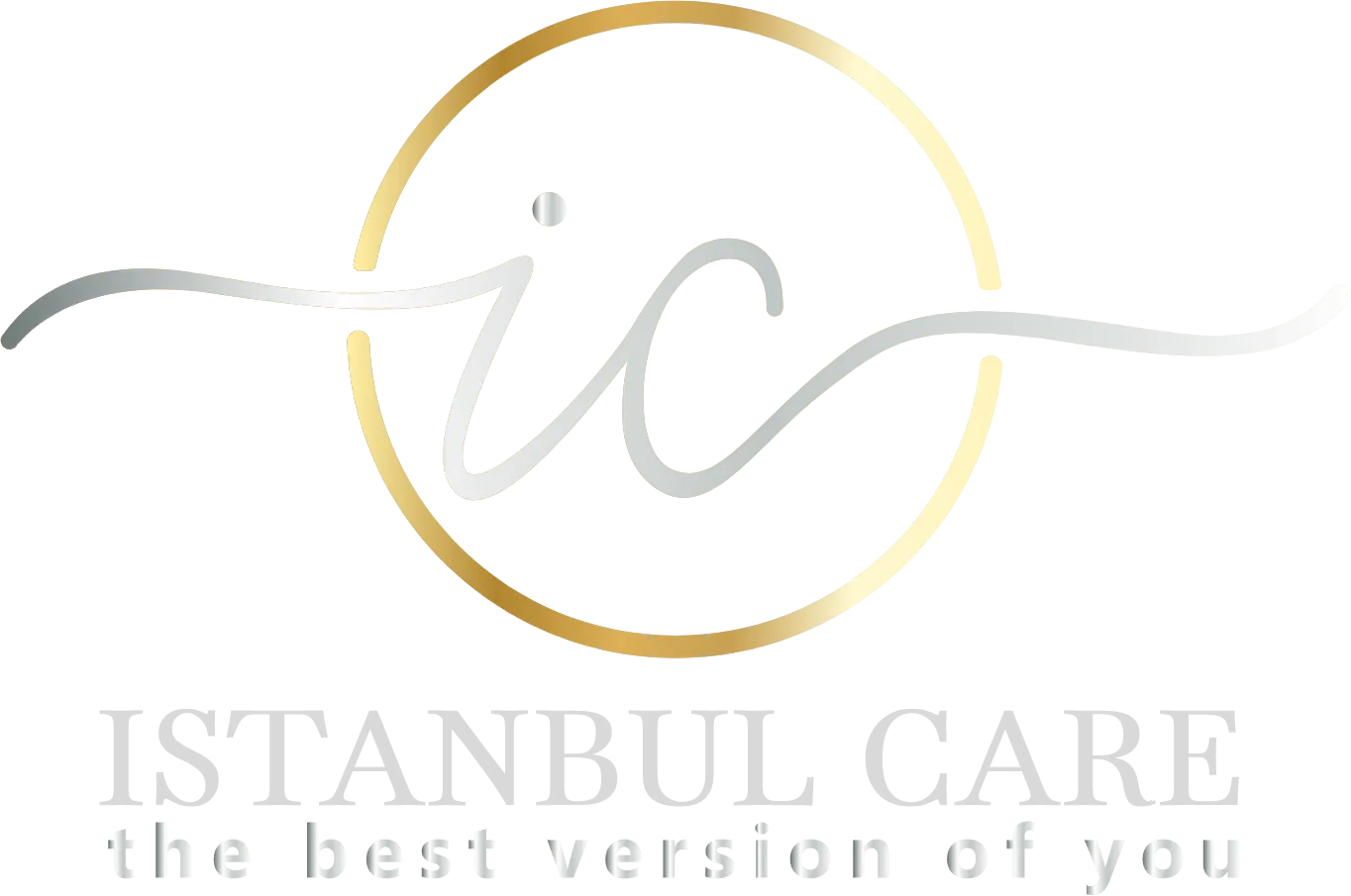Achieving longer, stronger hair is a common goal that can be reached through natural, science-backed methods, even when navigating sensitive topics like Hair Dye During Pregnancy and overall scalp health. As an intermediary organization connecting individuals with qualified hair care professionals, Istanbul Care Clinic understands that healthy hair growth requires a comprehensive approach combining proper nutrition, scalp care, and lifestyle modifications.

Pregnancy brings many questions about what’s safe for both mother and baby, and hair dyeing is one of the most common concerns. As an intermediary organization connecting expectant mothers with trusted hair care professionals, İstanbul Care Clinic understands the importance of making informed decisions about beauty treatments during this special time.
Is Hair Dye Safe During Pregnancy?
The question of hair dye safety during pregnancy has been extensively studied, and current research suggests that when used properly, hair dye poses minimal risk to developing babies. The key concern centers around chemical absorption through the scalp and potential effects on fetal development.
Current Expert Consensus:
- Most hair dyes contain chemicals that are minimally absorbed through healthy scalp tissue
- The amount of chemicals that could potentially reach the bloodstream is considered negligible
- No definitive studies have linked normal hair dye use to birth defects or pregnancy complications
However, many healthcare providers and beauty professionals recommend taking extra precautions during pregnancy, particularly in the first trimester when organ development is most critical.
When to Dye Hair While Expecting
Timing is crucial when considering hair dye during pregnancy. Most experts agree that certain periods are safer than others for chemical hair treatments.
Why Waiting Until After the First Trimester Is Advisable
The first trimester (weeks 1-12) represents the most critical period of fetal development. During this time:
- Major organ systems are forming
- The baby is most vulnerable to external influences
- Hormonal changes may increase skin sensitivity
- Morning sickness can make chemical odors more problematic
Benefits of waiting:
- Reduced exposure during critical development phase
- Lower risk of adverse reactions due to hormonal changes
- Better tolerance of chemical odors after first trimester
- Peace of mind during early pregnancy
Trimester Timing and Baby Development
| Trimester | Weeks | Development Focus | Hair Dye Considerations |
|---|---|---|---|
| First | 1-12 | Organ formation | Highest caution recommended |
| Second | 13-28 | Growth and maturation | Generally considered safest |
| Third | 29-40 | Final development | Safe with precautions |
How to Minimize Risks When Dyeing Hair
When you decide to dye your hair during pregnancy, following safety protocols can significantly reduce any potential risks.
Use Gloves, Ventilation, and Minimal Processing Time
Essential Safety Measures:
- Always wear protective gloves to prevent skin contact
- Ensure excellent ventilation in the treatment area
- Minimize processing time according to product instructions
- Avoid leaving dye on longer than recommended
Professional Environment Advantages:
- Industrial-grade ventilation systems
- Trained professionals following safety protocols
- High-quality products with better safety profiles
- Emergency procedures in place if reactions occur
Perform a Strand Test: Pregnancy Hair Sensitivity
Pregnancy hormones can dramatically change hair texture and scalp sensitivity. What worked before pregnancy may not work the same way now.
Strand Test Protocol:
- Select a small, hidden section of hair
- Apply dye according to instructions
- Wait 24-48 hours to check for reactions
- Assess both color result and scalp sensitivity
- Proceed only if no adverse reactions occur
Safer Dye Techniques for Pregnant Women
Certain application methods can further reduce chemical exposure during pregnancy.
Highlights, Balayage and Hair Painting vs. Full Dye
Lower-Risk Techniques:
- Highlights: Color is applied to selected strands, minimal scalp contact
- Balayage: Hand-painted technique with controlled application
- Hair painting: Precise application avoiding scalp area
- Ombré: Color focuses on mid-lengths and ends
Higher-Risk Techniques to Avoid:
- Full head bleaching
- Root touch-ups requiring scalp contact
- All-over permanent color
- Multiple chemical processes in one session
Avoiding Scalp Application for Lower Risk
The scalp is the primary pathway for chemical absorption. Techniques that minimize scalp contact include:
- Foil highlights starting 1/4 inch from roots
- Cap highlighting methods
- Temporary root sprays instead of permanent color
- Professional application with barrier creams
Are Semi-Permanent and Vegetable Dyes Safe?
Alternative dye options often provide safer choices for pregnant women while still achieving desired color results.
Henna as a Natural Alternative
Benefits of Henna:
- 100% natural plant-based colorant
- No synthetic chemicals or ammonia
- Conditions hair while coloring
- Temporary to semi-permanent results
Important Considerations:
- Ensure pure henna without additives
- Some commercial “henna” products contain synthetic dyes
- Limited color range (primarily red/brown tones)
- May not work on previously chemically treated hair
Understanding Semi-Permanent Dye Safety
| Dye Type | Chemical Content | Pregnancy Safety | Duration |
|---|---|---|---|
| Semi-permanent | Lower ammonia/peroxide | Generally safer | 4-6 weeks |
| Permanent | Higher chemical content | Use with caution | Until hair grows |
| Temporary | Minimal chemicals | Safest option | 1-2 washes |
Best Timing to Dye Hair While Pregnant
Why Waiting Until After Week 13 Is Recommended
The 13-week mark represents a significant milestone in pregnancy safety:
Developmental Milestones:
- Major organ formation is complete
- Risk of miscarriage significantly decreases
- Placental barrier is fully established
- Morning sickness often subsides
First Trimester vs. Second Trimester Safety Considerations
First Trimester Concerns:
- Heightened chemical sensitivity
- Nausea triggered by odors
- Critical organ development period
- Increased risk of adverse reactions
Second Trimester Advantages:
- More stable hormone levels
- Better tolerance of treatments
- Reduced morning sickness
- Optimal timing for beauty treatments

Hair Coloring and Breastfeeding Guidelines
How Chemicals May Enter Breast Milk
Research indicates that hair dye chemicals have minimal transfer to breast milk:
- Most molecules are too large to pass through breast tissue
- Systemic absorption from scalp application is extremely low
- No documented cases of infant harm from maternal hair dyeing
Breastfeeding Precautions Mirror Pregnancy Dye Guidelines
Recommended Precautions:
- Maintain good ventilation during treatment
- Use gloves and avoid scalp contact when possible
- Choose reputable salons with safety protocols
- Consider timing treatments between feeding sessions
Understanding Potential Chemical Risks and PFAS
Limited Absorption Through Healthy Scalp – What Experts Say
Dermatological studies demonstrate that intact, healthy scalp tissue provides an effective barrier against chemical absorption. The stratum corneum (outer skin layer) prevents most hair dye molecules from penetrating to the bloodstream.
PFAS “Forever Chemicals” and Their Presence in Hair Dye
Recent studies have identified PFAS (per- and polyfluoroalkyl substances) in some hair care products:
What We Know:
- PFAS are used in some hair dyes for durability
- These chemicals persist in the environment and body
- Pregnant women may want to choose PFAS-free alternatives
- Professional products often have better transparency about ingredients
Allergic Reactions: Warning Signs & Precautions
Patch-Test First: Avoid Chemicals Like PPD
Para-phenylenediamine (PPD) is a common allergen in permanent hair dyes. Pregnancy can increase sensitivity to previously tolerated substances.
Patch Test Procedure:
- Mix small amount of dye according to instructions
- Apply to inner elbow or behind ear
- Leave for 48 hours without washing
- Check for redness, swelling, or irritation
- Discontinue use if any reaction occurs
Recognizing Facial Swelling and Severe Reactions
Emergency Warning Signs:
- Facial or throat swelling
- Difficulty breathing
- Severe scalp burning or blistering
- Widespread rash or hives
- Dizziness or nausea during treatment
Seek immediate medical attention if any severe reactions occur.
Why Waiting Until the Second Trimester May Be Best
Many Experts Recommend After 12–13 Weeks to Be Cautious
The second trimester consensus emerges from multiple safety factors:
Medical Reasoning:
- Completed organogenesis reduces risk
- Stable pregnancy reduces miscarriage concerns
- Better maternal tolerance of procedures
- Established placental barrier provides protection
Which Hair Dyes Are Safe for Pregnancy?
Permanent
Safety Profile: Moderate risk with precautions
- Contains ammonia and hydrogen peroxide
- Requires careful application and timing
- Best used after first trimester with professional application
Semi-permanent
Safety Profile: Lower risk option
- Reduced chemical content
- No ammonia in most formulations
- Gentler on scalp and hair
- Shorter processing times
Temporary
Safety Profile: Lowest risk choice
- Minimal chemical penetration
- Easy removal
- No long-term commitment
- Ideal for special occasions
When to Avoid Dyeing or Consult Your Doctor
Scalp Sensitivity, Cuts, or Use of Strong Chemicals
Avoid hair dyeing if you have:
- Open cuts or scratches on scalp
- Existing scalp conditions (eczema, dermatitis)
- Previous severe allergic reactions to hair products
- High-risk pregnancy complications
Consult Your Doctor When in Doubt
Always discuss hair dyeing plans with your healthcare provider if you have:
- Pregnancy complications
- History of allergic reactions
- Concerns about specific ingredients
- Questions about timing
Is Salon Colour Safer Than Home Hair Dye or Vice Versa?
Professional Salon Advantages:
- Trained technicians with safety expertise
- High-quality products with better safety profiles
- Proper ventilation and safety equipment
- Ability to handle complications
Home Application Considerations:
- Lower cost but higher risk of mistakes
- Limited ventilation in most home bathrooms
- Risk of over-processing or uneven application
- No professional guidance for problem-solving
Recommendation: Professional application is generally safer during pregnancy, especially for complex color services.
Speak with our expert Hair Transplantation specialists

Speak with our expert Hair Transplantation specialists
We’re ready to answer your questions
Frequently Asked Questions
Current research suggests hair dyeing is generally safe during pregnancy when proper precautions are taken. Most experts recommend waiting until after the first trimester and using professional services when possible.
The second trimester (weeks 13-28) is considered the safest time for hair dyeing, as major organ development is complete and pregnancy is typically more stable.
Use protective gloves, ensure good ventilation, minimize processing time, perform patch tests, and consider professional application with techniques that avoid scalp contact.
Yes, semi-permanent and vegetable-based dyes typically contain fewer harsh chemicals and are considered safer alternatives to permanent dyes during pregnancy.
Hair dye chemicals have minimal transfer to breast milk. The same precautions recommended for pregnancy apply to breastfeeding mothers.
Some hair dyes contain PFAS “forever chemicals.” Choose products from reputable manufacturers that disclose ingredients and consider PFAS-free alternatives when available.
Always perform a patch test 48 hours before application, avoid products containing PPD if you’re sensitive, and discontinue use immediately if any adverse reactions occur.
Avoid dyeing if you have scalp injuries, existing skin conditions, or previous severe allergic reactions. Consult your doctor if you have pregnancy complications or specific concerns about chemical exposure.

